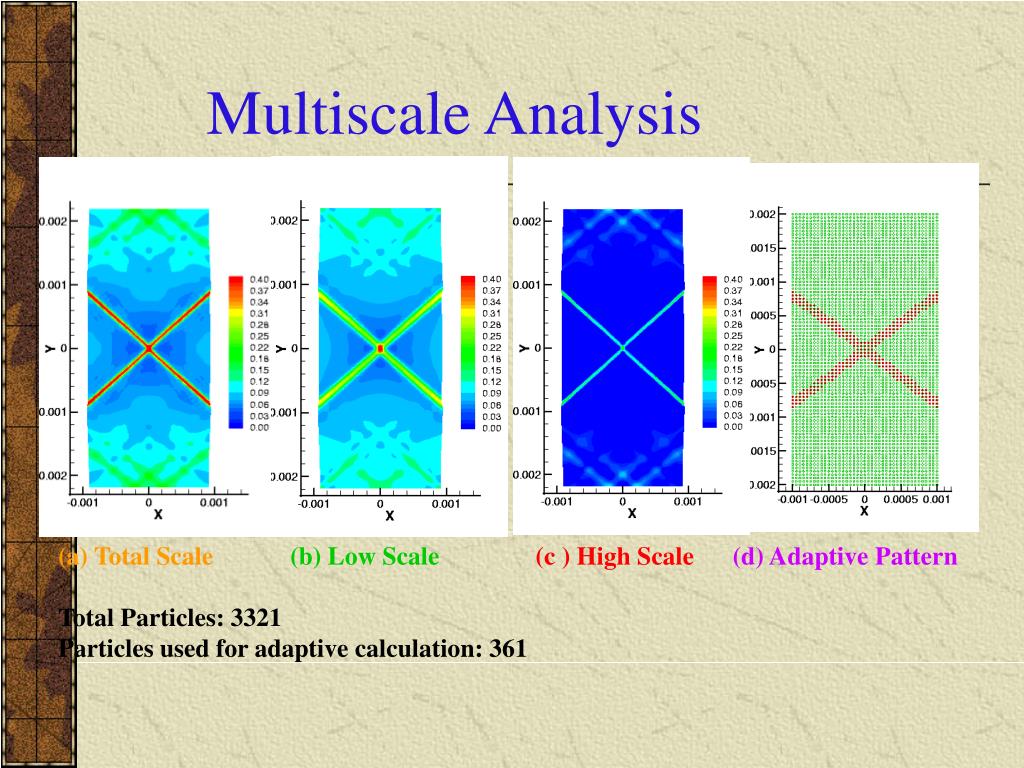

As shown in numerical studies, the VCI is essential for the solution accuracy of the method. The NURBS boundary surface from CAD serves as an aid in selecting particle distributions and as the integration net for the boundary integration required both for the Nitche’s method and the VCI. Nitche’s method is employed for imposing essential boundary conditions and the domain integration in the Galerkin formulation is performed based on variationally consistent integration (VCI) to recover integration exactness. In the framework, only the NURBS boundary surface immediately available from CAD tools is used to describe the exact problem domain, and meshfree particles are inserted inside the boundary surface, in a flexible manner, for construction of the approximation for analysis. We present a meshfree analysis framework to integrate the geometric exactness of non-uniform rational B-splines (NURBS)-based isogeometric analysis (IGA) (Hughes et al., Comput Methods Appl Mech Eng 194:4135–4195, 2005) with the flexibility of meshfree approximations. We added the IFC entities to manage information for the bridge structures and meshfree analysis based on the IFC extension concept. There is a long history of researchers introducing a length scale into damage and fracture formulations, to obtain better-behaved nonlocal regularizations. These topology changes are awkward (at best) to include in classical local models of continua. Meshfree analysis with the aid of NURBS boundary Meshfree analysis with the aid of NURBS boundary To overcome these limitations, we proposed a new analysis framework that integrates the meshfree analysis method into the Industry Foundation Classes (IFC)-based bridge model. A framework combining meshfree analysis and adaptive kriging for optimization of stiffened panels A framework combining meshfree analysis and adaptive kriging for optimization of stiffened panels Tamijani, Ali Mulani, Sameer Kapania, Rakesh 00:00:00 Struct Multidisc Optim (2014) 49:577594 DOI 10. A truly meshfree radial point interpolation method (RPIM) for analysis of viscoplastic problems is presented. Fracture and contact entail topology changes in the domains over which solid and structural mechanics problems are posed.


 0 kommentar(er)
0 kommentar(er)
